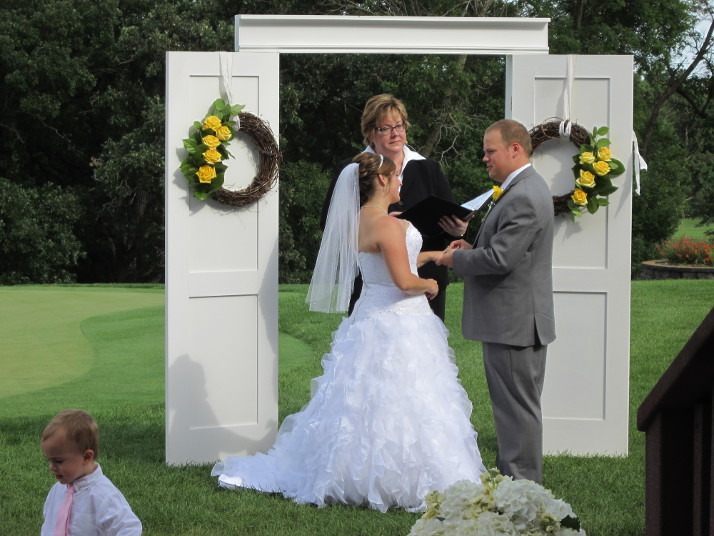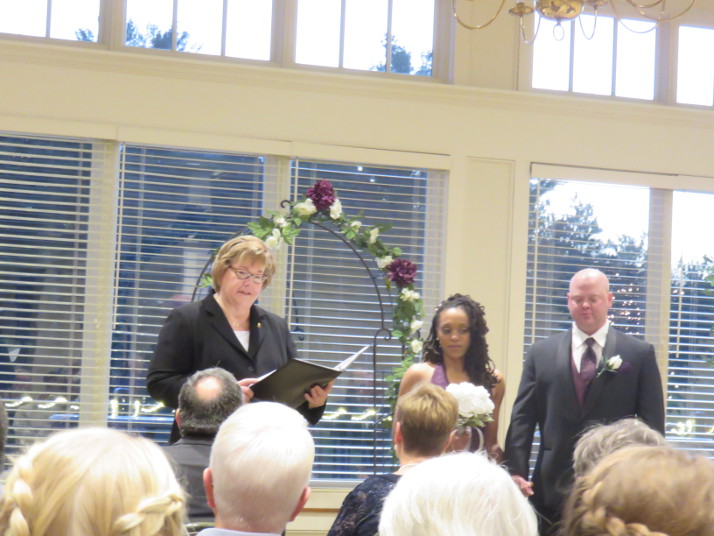Ensuring your Ceremony Hits the Right Note
Your ceremony hits the right note when your music is fully integrated and flawlessly performed. When that happens it sets the tone, highlights important ceremony moments, and transitions your guests on to the reception. But music can also hit a sour note, becoming a distraction, leading to awkward silences, and destroying the vision you had for your ceremony.
I’ve had recent experiences at both ends of the spectrum. At one wedding the couple wanted the recorded music played by a family friend. The problem started when they didn’t select that person ahead of time, and did not have the person at the rehearsal so they could see where the music fit into the ceremony. On the wedding day, the person played bits of all the ceremony music while the attendants entered, trying to get to the right piece. The bride actually came in to the recessional song, “Signed, Sealed, Delivered”. Then at the end of the ceremony the device had locked up and the responsible person didn’t know the passcode. It was a quiet recessional, and definitely not what the couple envisioned. Note that if you are having a professional DJ play your recorded music, you don’t need to have them attend the rehearsal, but all amateurs need to be there.
A music disaster was barely averted at another recent ceremony. The couple wanted a piece of music that was special to them played during the ceremony. I included an introductory comment about the significance of the music in the ceremony and thought we were all set to go. When I was reviewing the cue sheet I had prepared for their professional DJ however, she was unaware of the song in the middle of the ceremony. Luckily, she was able to locate and download the music to her computer and insert it into her playlist for the ceremony. Everything worked out OK, but this is a caution to make sure you let your DJ know ahead of time about all the music you want as part of the ceremony.
And finally, the positive experience: This couple selected music that was particularly meaningful to them for both the processional and ring warming ritual. They shared the significance of these pieces with me, and I was able to draw the guests’ attention to it, and even wrap some of the lyrics into my opening comments. This kind of information sharing allowed the music and ceremony to be intertwined in a way that enhanced both.
So when you’re doing your wedding planning, remember to focus on the ceremony music you want and take steps to ensure that it hits the right note to start off your wedding celebration.



